The use of cannabis plants for medicinal and recreational purposes dates back thousands of years, but it was not until the 1940s that cannabinoid compounds themselves were extracted from plants in their pure form. The main active ingredient in plants, delta-9 tetrahydrocannabinol (THC), was discovered in the 1960s, and the first cannabinoid receptor was only identified in the 1980s. It was then revealed that compounds similar to plant cannabinoids, called endocannabinoids, are also produced in humans.
A potential role for cannabinoids in cancer treatment?
No one disputes that cannabinoids are extremely interesting molecules that are absolutely worth examining in terms of their ability to have a positive effect in the fight against cancer (and indeed, a host of other diseases).
The potential anti-cancer effects of cannabinoids were first investigated in the 1970s, and hundreds of studies have been published since then. The main concern, however, is that none of the studies thus far undertaken regarding the potential cancer-treating power of cannabinoids were conducted as clinical trials, i.e. they were not carried out on humans but on laboratory-cultured cells or animals, typically rodents. And this is problematic, because even if it turns out that a compound exhibits anti-cancer effects in a test tube or even a lab rat, it does not automatically mean that it will operate the same way in the human body.
It is worth remembering, that whilst a proportion of some compounds or drugs tested will appear promising during laboratory or animal experiments - known as the “preclinical” phase - statistically, such promising early research can often be disheartening, as only about 5% of potential drugs tested will ever actually reach the all-important “clinical trial” phase. And worse still, of those approved, less than 8% of that 5% will eventually be registered for official use in oncology treatments. In other words, any potential drug or substance to be used in anti-cancer treatment has only a 0.4% chance of being approved as an official cancer drug. Research and clinical trials are incredibly lengthy and enormously costly, and research into cannabis, especially, is marred by its negative association, and so very few drug companies are willing to commit the expenses or resources to undertake full-scale clinical trials.
Which laboratory and animal experiments have been performed with cannabinoids so far?
Regarding the effects of natural and artificial cannabinoids on cancer cells, laboratory experiments have so far revealed the following:
- Cannabinoids trigger the process of cell death through the process of apoptosis
- They inhibit cell division
- They inhibit the process of attachment and formation of new blood vessels into tumours
- They reduce the tendency of cancer cells to metastasise, ie: they inhibit cancer cells from spreading and forming a secondary tumour when said cells become detached from the original tumour and spread throughout the body
- They speed up a process called autophagy, which, if activated for longer periods of time, can lead to the death of cancer cells
It is worth emphasising, once again, that these were all observed during laboratory experiments performed on cell cultures.
The above effects are thought to be due to the binding of cannabinoids to CB1 and CB2 receptors in the body. In laboratory and animal experiments, the best results to date have been obtained by combining highly purified THC and cannabidiol (CBD). CBD is also found in cannabis plants, but has no psychoactive effect like THC and also alleviates the psychoactive effect of THC. Synthetic cannabinoids, such as JHH-133, have also shown good results, but again, only in laboratory and animal experiments.
Another approach thought to be more promising than the above is the potential combination of cannabinoids with various chemotherapeutic agents, such as gemcitabine or temozolomide.
What clinical trials have been conducted with cannabinoids?
The promise of any anti-cancer effects of cannabinoids can only be realised if proper clinical trials are conducted. So far, however, only one clinical trial has actually been performed.
A first-phase clinical trial was led in Spain by Manuel Guzman, Professor of Biochemistry and Molecular Biology at Complutense University of Madrid. However, the trial was not typical of its kind; the study involved nine people, all of whom had advanced, end-stage, highly aggressive brain tumours known as glioblastoma multiforme. The patients were given a high concentration of THC solution directly through the open skull, using a catheter, to the areas from which the tumours had previously been surgically removed. From this, it was hoped that the solution would permanently kill the tumour cells that remained after the surgery. However, it is important to note that such "intratumoral infusions” are only very rarely used for any types of treatment, because they are invasive - opening the skull increases the risk of infection - and are only successful in very few cases.
Eight patients experienced some kind of positive response, and in only one case there was no change at all. Unfortunately, however, all patients died within a year, as would be expected for such an advanced and aggressive form of tumour.
The treatment was deemed safe and there were no reported side effects. However, without a control group, it is impossible to conclude whether the increase in survival time was indeed caused by the THC or not. Despite this, the results were deemed positive enough that Cancer Research UK stated that it would be worthwhile undertaking further clinical trials with cannabinoids.
Further questions of interest
At the time of writing, owing to the lack of clinical trials, it is not yet clear which of the cannabinoid compounds would be most appropriate for use against cancer. It is also a question of how to establish effective dosage, as well as the key question of which types of cancer would be most potentially treatable with cannabinoids.
Another big issue is the one of how best to deliver cannabinoids directly to tumours. These compounds are not particularly water soluble, and therefore do not absorb far enough into human tissue to be as effective as they could be. As a result, this makes it very difficult for surgeons to get the substances deep enough into the tumours themselves; thus, a means to get them into the bloodstream in a concentration high enough to have a truly effective anti-cancer effect is necessary..
It is not yet known whether cannabinoids in the human body would enhance or, conversely, weaken the effects of chemotherapeutic drugs. There are also no known biomarkers that could be used to predict who would benefit from cannabinoids and on whom it would not have any effect.
Can cannabinoids play a role in treating the side effects of cancer and / or cancer treatments such as chemo or radiotherapy?
There are several clinical trials that have looked at the relief of nausea and vomiting caused by extreme pain and chemotherapy, as well as the treatment of cachexia and anorexia in cancer patients.
Several promising results were obtained in these studies. For example, the treatment of chemotherapy-induced nausea and vomiting has been studied since the 1980s with the cannabinoid compounds dronabinol and nabilone. However, more effective drugs are now available to physicians. Thus, cannabinoids may play a crucial role if these drugs cannot be used or tolerated by the patient for any reason.
In the Netherlands, cannabis is used in palliative care to relieve pain and alleviate various unpleasant symptoms. Medical cannabis is also available to cancer patients in some states in the United States. In order to achieve an accurate dose, these preparations are sold in a form that can be sprayed into the mouth.
The UK is currently conducting multi-patient clinical trials investigating the analgesic effect of one of the oral sprays (Sativex) containing purified THC and CBD in patients for whom other analgesic treatments have not been shown to be effective.






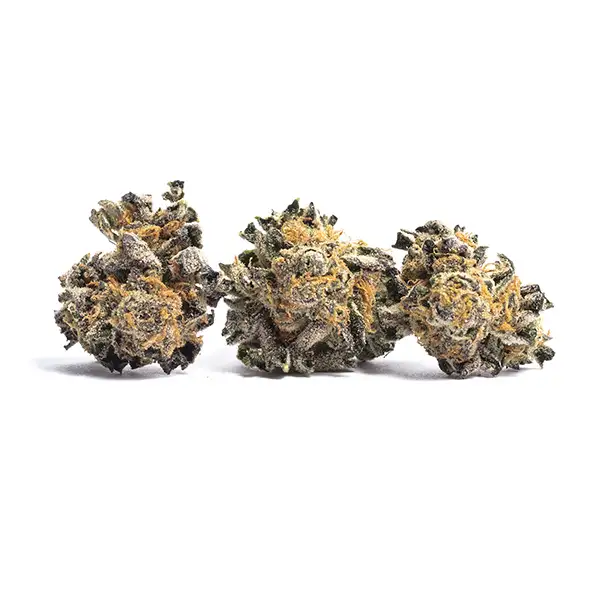


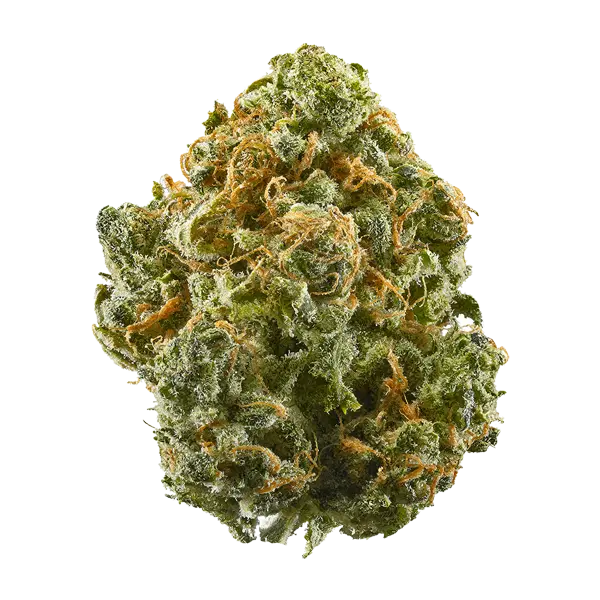
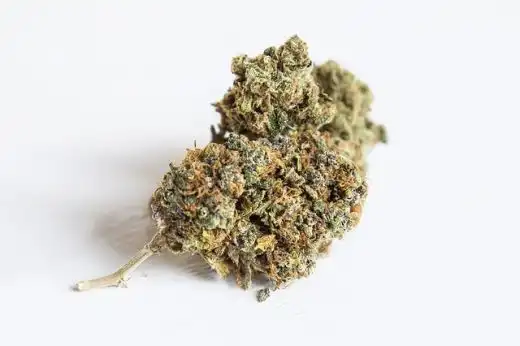
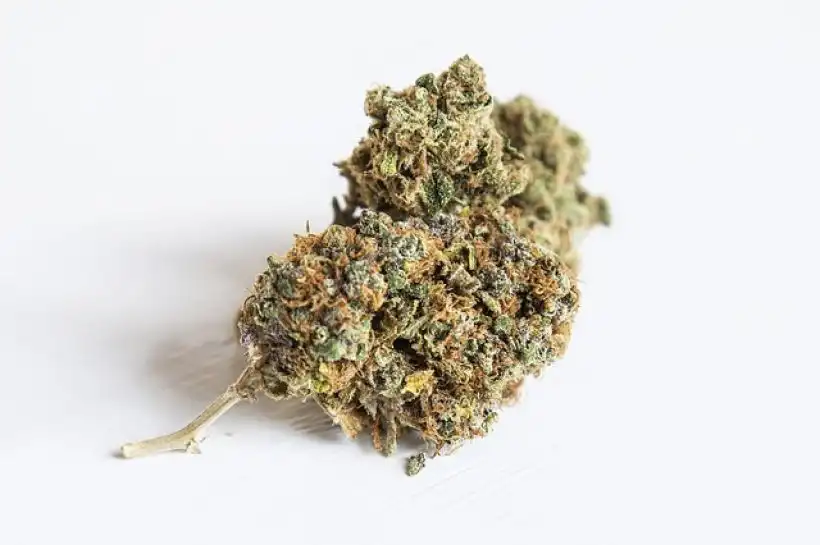













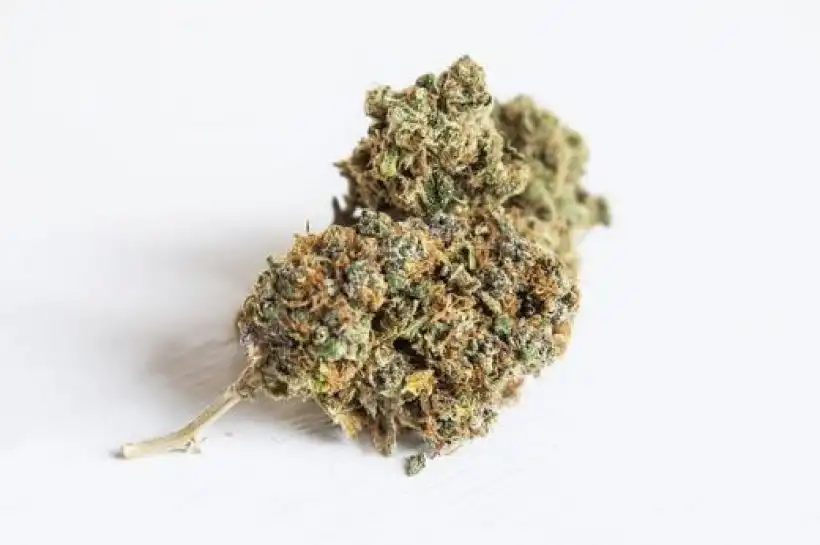



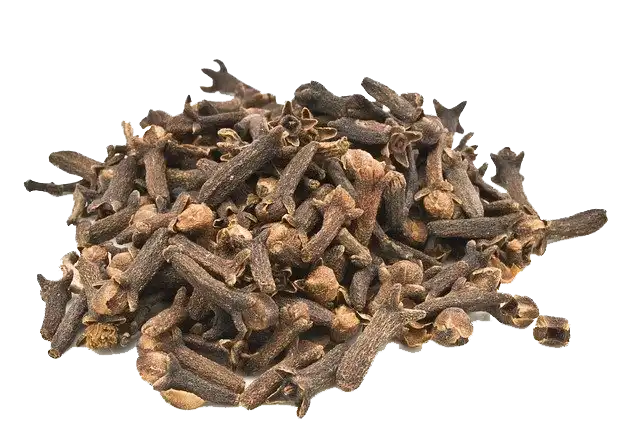

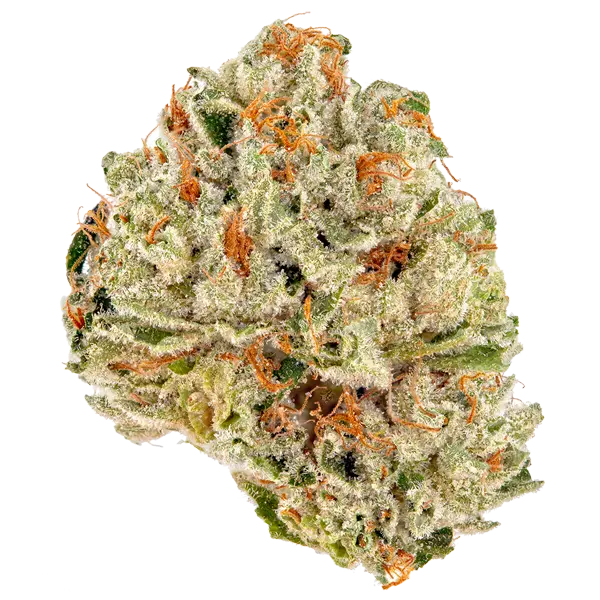












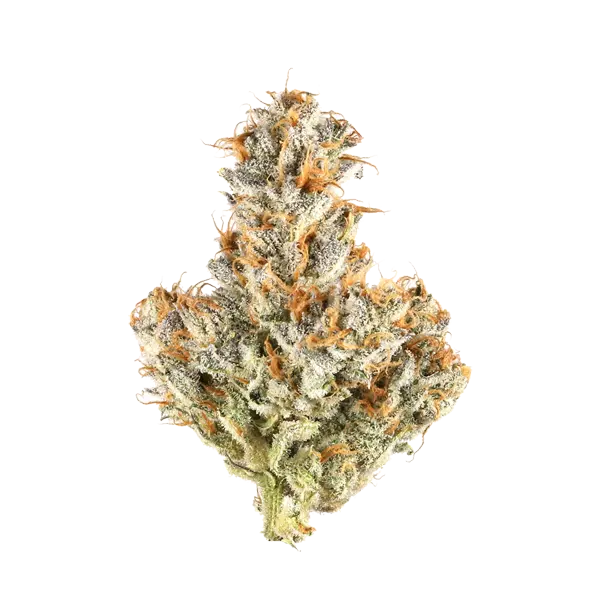
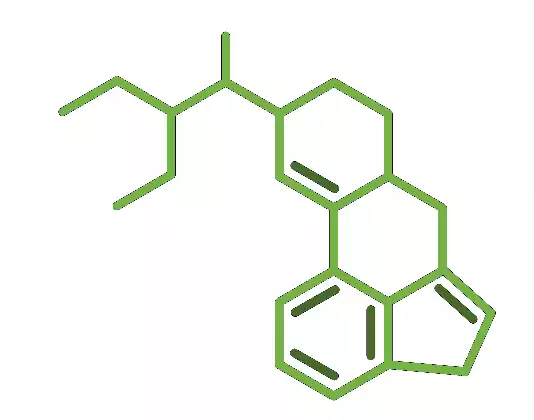


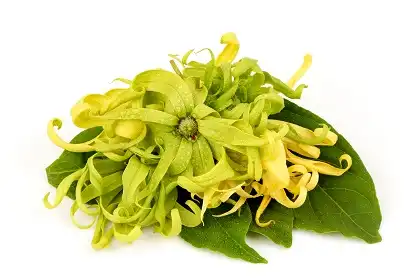














 Cannabis as a Potential Treatment for Migraine Headaches
Cannabis as a Potential Treatment for Migraine Headaches THC Levels in Feminised Cannabis Seeds
THC Levels in Feminised Cannabis Seeds








